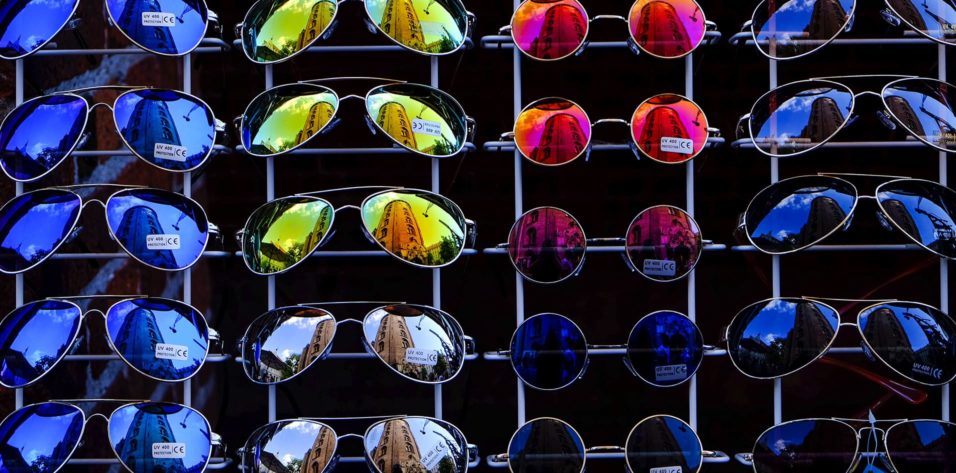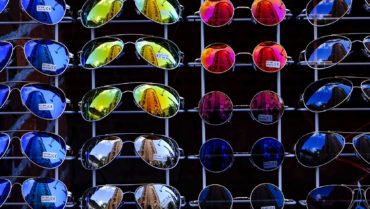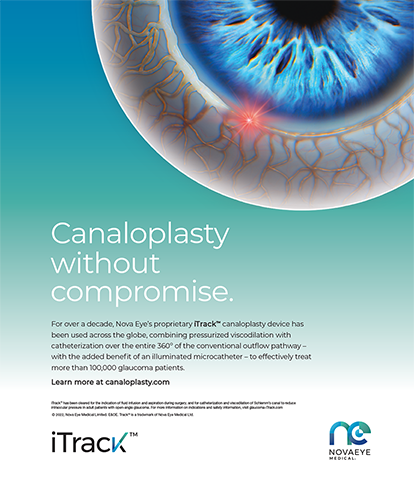
This editorial, titled after a Timbuk3 song, is likely the first of many pieces you will read about presbyopia in millennials. That’s right: the oldest millennials are about 5 years away from 40. It seems obvious that the importance of near vision will only grow, because the frequent use of handheld devices is nearly universal in this age group. In a decade, distance vision will be so 2017. Or will it?
Facebook CEO Mark Zuckerberg recently outlined his 10-year vision for the company, and it includes a world without screens.1 He predicts that we will not use smartphones or tablets or laptops or TVs or anything with a screen. All of our data will be projected into our eyeballs, and we will type using mind control. The eyeball projection will occur courtesy of glasses that everyone will want to wear. In Zuckerberg’s vision of the future, desktop and laptop computers will be replaced by, I suppose, “facetops.”
His ideas sound fantastical and far-fetched, but Facebook has a team of neuroscientists and engineers who hope within the next 18 months to have a prototypical noninvasive brain sensor capable of typing 100 words per minute using only thoughts.2 (I am presuming they have shut down the team with the invasive brain sensor.) If reliable translation of thought into text could be achieved, it would change everything. Then, all we would need to do is think about what we are typing to the complete exclusion of everything else. Here is an example of what a transcript of my thought-typing facetop computer would create: “The patients had a mean uncorrected distance vision of … I wonder when Walter White will show up on Better Call Saul. Not for a while probably. And I should probably watch that show The Leftovers. People say it’s very well done. Speaking of leftovers, I wonder if we have any of that pizza left over … 20/25 with uncorrected near vision …”.
Visual displays for these technologies would presumably take the form of augmented reality (AR), which is distinct from virtual reality. The latter is a completely artificial simulation or re-creation of an environment or situation typically achieved with a headset such as the Facebook-owned Oculus Rift. The user sees and often hears the simulated environment exclusively. On the other hand, AR layers computer-generated enhancements on top of an existing reality, typically as viewed through the camera of a handheld device or a spectaclemounted heads-up display (HUD). One example of AR is the app Pokémon GO (Niantic), which peaked in popularity last summer with more than 28 million daily unique users—about 15% of all US smartphone owners.3 The vast majority of those users vanished as the fad faded, but the technology demonstrated that layering data and animation atop the real world was feasible and filled with potential.
From an ophthalmological standpoint, the future direction of AR is a critical issue. The first widespread spectaclemounted HUD, Google Glass, creates a virtual image at a perceived distance of 2.5 m. Rays from this display are approaching parallel and require minimal accommodation to view. On the other hand, an AR display accessed through the screen of a smartphone must be viewed in the plane of the screen of the phone, which requires accommodation. The optics of this distinction may not be immediately obvious to the 33-year-old nonpresbyopic Zuckerberg. I, however, find it very difficult to believe that thought-typing will be a viable method of data input anytime soon. I also find it hard to imagine that spectacle wear, especially with an HUD, will somehow suddenly become highly desirable. As a result, it seems to me that the future of AR will involve handheld screens and accommodation for a very long time.
Steven J. Dell, MD
Chief Medical Editor
1. Weinberger M. The smartphone is eventually going to die—this is Mark Zuckerberg’s crazy vision for what comes next. Business Insider. April 23, 2017. http://read.bi/2q3KGUy. Accessed May 30, 2017.
2. Heath A. “Not a random idea factory”: why Facebook says its brain sensors are closer than you think. Business Insider. April 20, 2017. http://read.bi/2r7X8Wt. Accessed May 30, 2017.
3. Lee BY. Pokémon GO is going, going, gone as a physical activity fad. Forbes. December 14, 2016. http://bit.ly/2rBoplT. Accessed May 30, 2017.




